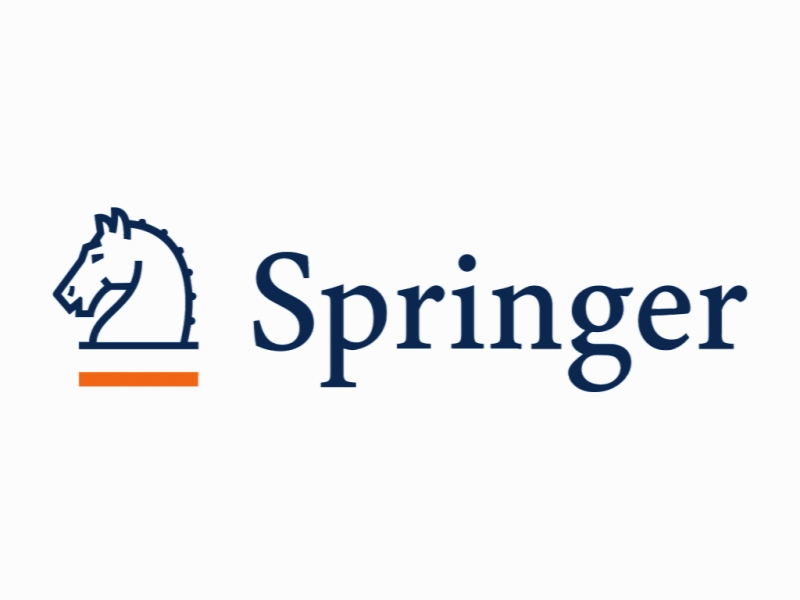به عنوان یک فعال، خلاق باشید؟ تاثیر خودکارآمدی خلاقانه بر خلاقیت کارکنان: چشم انداز پیشتاز Be creative as proactive? The impact of creative self-efficacy on employee creativity: A proactive perspective
- نوع فایل : کتاب
- زبان : انگلیسی
- ناشر : Springer
- چاپ و سال / کشور: 2018
توضیحات
رشته های مرتبط مدیریت
گرایش های مرتبط مدیریت منابع انسانی
مجله روانشناسی معاصر – Current Psychology
دانشگاه School of Management – Harbin Institution of Technology – China
شناسه دیجیتال – doi https://doi.org/10.1007/s12144-017-9721-6
منتشر شده در نشریه اسپرینگر
کلمات کلیدی انگلیسی Creative self-efficacy, Feedback-seeking behavior, Employee creativity, Regulatory focus
گرایش های مرتبط مدیریت منابع انسانی
مجله روانشناسی معاصر – Current Psychology
دانشگاه School of Management – Harbin Institution of Technology – China
شناسه دیجیتال – doi https://doi.org/10.1007/s12144-017-9721-6
منتشر شده در نشریه اسپرینگر
کلمات کلیدی انگلیسی Creative self-efficacy, Feedback-seeking behavior, Employee creativity, Regulatory focus
Description
Introduction Employee creativity plays a very important role for organizational innovation and effectiveness (Amabile 1996; Shalley et al. 2004). Not surprisingly, then, scholars have put much focus on its antecedents. An expanded part of self-efficacy— creative self-efficacy, the belief that one has the knowledge and skills to perform creative tasks (Tierney and Farmer 2002, 2011)—is a key driver of employee creativity (Hu and Zhao 2016). Despite their valuable contribution, many of these investigations, as well as the broader self-efficacy literature, have overlooked self-regulation functions in social cognitive process (Bandura 1986; Bandura 2001). Individuals who feel capable of performing particular tasks tend to adopt more efficient task strategies to achieve their goals (Wood et al. 2001). Research indicates that efficacious individuals tend to be more flexible in absorbing information and new experiences (Gong et al. 2009) and show higher in levels of intrinsic motivation for the improvement of creativity (Wang et al. 2014), but little is known about the actions or strategies employees themselves may use to enhance their own creativity (Drazin et al. 1999). As an important proactive behavior, feedback seeking has been identified as a key self-regulation tactic (Ashford and Tsui 1991), and it refers to employees making the effort to ask immediate supervisors for information concerning inadequacies in job behavior and job performance (Ashford 1986).The reasons efficacious employees use feedbackseeking behavior as a self-regulation strategy in the creative process are the following. First, self-efficacy is positively related to job attitudes and behaviors (Saks 1994). Individuals with higher self-efficacy are more likely to organize and execute courses of action required to achieve desired goals (Bandura 1986). Tierney and Farmer (2002) proposed that individuals with higher creative self-efficacy may be more likely to seek and integrate diverse information and that this tendency stimulates creative outcomes. Feedback is a valuable information resource, and it helps employees produce and achieve goals (Renn and Fedor 2001). Employees seek feedback to facilitate achievement of goals important to them; to evaluate their own work behavior and performance; and, thus, to succeed in their endeavors. Creative self-efficacy may inspire creative effort, but feedback seeking may determine creative self-efficacy’s influence on creativity. Second, there is a phenomenon in organizations in which, on the one hand, it is difficult for supervisors to know the exact moments on the job when their employees desire feedback (Dobbins et al. 1990), and, on the other hand, employees do not think the feedback they passively receive from the organization is valuable to their job performance and further career development. Researchers have suggested that many employees have difficulties in obtaining valuable feedback information as they find themselves in a so-called Bfeedback vacuum^ (Dobbins et al. 1990). To the extent that the phenomenon constrains the obtaining of employees’ feedback information, employees need active feedback seeking to meet their needs for others’ views on their new ideas, solutions, and performance. Along with the above argument, to understand the nature of the relationship between creative selfefficacy and employee creativity, we propose a mediation effect of feedback-seeking behavior on relationship between creative self-efficacy and employee creativity.


